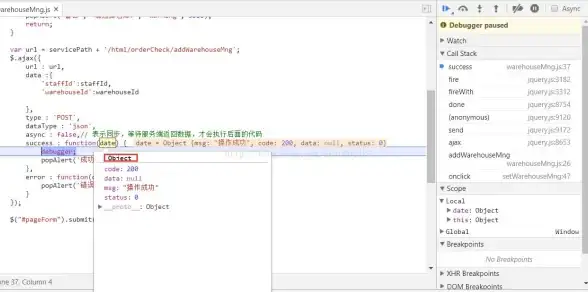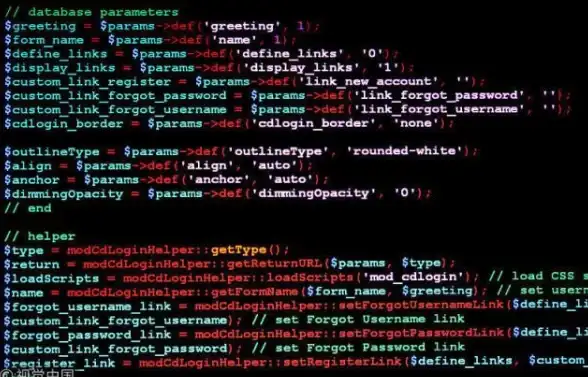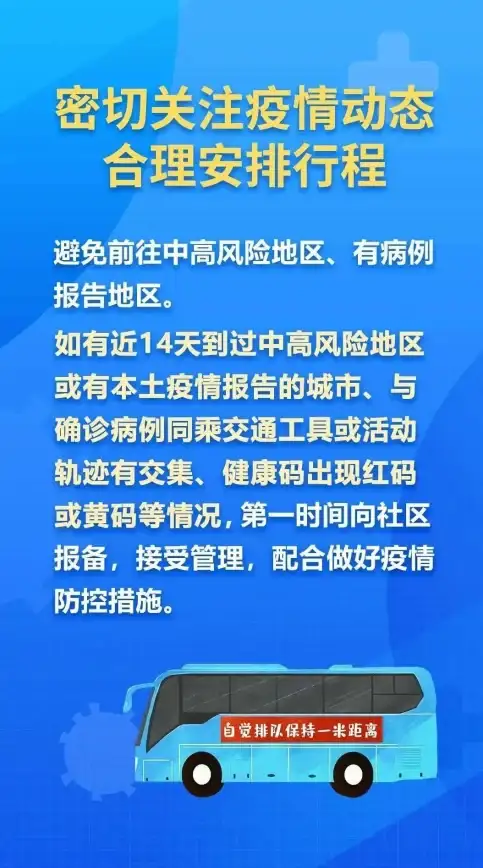上一篇
前端开发|数据交互:ajax请求的详细写法,ajax请求的详细写法怎么写
- 问答
- 2025-08-01 05:24:23
- 2
前端开发 | 数据交互:AJAX请求的详细写法指南
2025年8月最新动态:随着WebAssembly技术的成熟,现代AJAX请求处理正变得更加高效,最新浏览器版本已全面支持Promise-based的Fetch API,但传统XMLHttpRequest依然广泛应用于遗留系统中。
AJAX请求基础概念
AJAX全称Asynchronous JavaScript and XML(异步JavaScript和XML),它允许网页在不重新加载整个页面的情况下,与服务器交换数据并更新部分网页内容。
虽然名字里有XML,但现在JSON才是主流数据格式,AJAX的核心就是通过JavaScript发起HTTP请求,然后处理服务器返回的数据。
传统XMLHttpRequest写法
基础GET请求
// 1. 创建XHR对象
const xhr = new XMLHttpRequest();
// 2. 配置请求
xhr.open('GET', 'https://api.example.com/data', true); // 异步请求
// 3. 设置回调函数
xhr.onload = function() {
if (xhr.status >= 200 && xhr.status < 300) {
// 请求成功
const response = JSON.parse(xhr.responseText);
console.log('获取到的数据:', response);
} else {
// 请求出错
console.error('请求失败:', xhr.statusText);
}
};
xhr.onerror = function() {
console.error('请求发生错误');
};
// 4. 发送请求
xhr.send();
POST请求带参数
const xhr = new XMLHttpRequest();
xhr.open('POST', 'https://api.example.com/submit', true);
// 设置请求头
xhr.setRequestHeader('Content-Type', 'application/json');
xhr.onload = function() {
if (xhr.status === 201) { // 201表示资源创建成功
console.log('提交成功:', xhr.responseText);
}
};
const data = {
username: '张三',
email: 'zhangsan@example.com'
};
xhr.send(JSON.stringify(data));
现代Fetch API写法
Fetch API提供了更简洁的Promise-based接口,是现代浏览器的首选方案。

基础GET请求
fetch('https://api.example.com/data')
.then(response => {
if (!response.ok) {
throw new Error('网络响应不正常');
}
return response.json(); // 解析JSON数据
})
.then(data => {
console.log('获取到的数据:', data);
})
.catch(error => {
console.error('请求出错:', error);
});
POST请求带参数
const postData = { '我的文章',
content: '这是文章内容...'
};
fetch('https://api.example.com/posts', {
method: 'POST',
headers: {
'Content-Type': 'application/json',
'Authorization': 'Bearer your_token_here' // 认证令牌
},
body: JSON.stringify(postData)
})
.then(response => response.json())
.then(data => console.log('创建成功:', data))
.catch(error => console.error('错误:', error));
进阶技巧与最佳实践
请求超时处理
XMLHttpRequest方式:
const xhr = new XMLHttpRequest();
xhr.timeout = 5000; // 5秒超时
xhr.ontimeout = function() {
console.error('请求超时');
};
Fetch API + AbortController:
const controller = new AbortController();
const signal = controller.signal;
// 设置5秒后超时
const timeoutId = setTimeout(() => controller.abort(), 5000);
fetch('https://api.example.com/data', { signal })
.then(response => response.json())
.then(data => {
clearTimeout(timeoutId);
console.log(data);
})
.catch(err => {
if (err.name === 'AbortError') {
console.error('请求超时');
} else {
console.error('其他错误:', err);
}
});
文件上传
const formData = new FormData();
const fileInput = document.querySelector('input[type="file"]');
formData.append('file', fileInput.files[0]);
formData.append('description', '这是我的文件');
fetch('https://api.example.com/upload', {
method: 'POST',
body: formData
// 注意: 不要手动设置Content-Type,浏览器会自动处理
})
.then(response => response.json())
.then(result => {
console.log('上传成功:', result);
});
错误处理增强版
async function fetchWithErrorHandling(url, options = {}) {
try {
const response = await fetch(url, options);
if (!response.ok) {
// 尝试获取错误信息
let errorMsg = `HTTP错误! 状态码: ${response.status}`;
try {
const errorData = await response.json();
errorMsg = errorData.message || errorMsg;
} catch (e) {
// 无法解析JSON错误信息
}
throw new Error(errorMsg);
}
return await response.json();
} catch (error) {
console.error('请求失败:', error.message);
throw error; // 可以选择继续抛出或处理
}
}
// 使用示例
fetchWithErrorHandling('https://api.example.com/data')
.then(data => console.log(data))
.catch(error => {
// 错误已在前面的函数中处理,这里可以做额外处理
});
实际项目中的封装建议
在实际项目中,我们通常会封装一个通用的请求函数:

class ApiClient {
constructor(baseUrl) {
this.baseUrl = baseUrl;
}
async request(endpoint, method = 'GET', body = null) {
const url = `${this.baseUrl}${endpoint}`;
const headers = {
'Content-Type': 'application/json',
// 可以在这里添加认证头等
};
const config = {
method,
headers,
credentials: 'include' // 如果需要发送cookies
};
if (body) {
config.body = JSON.stringify(body);
}
try {
const response = await fetch(url, config);
if (!response.ok) {
const errorData = await response.json().catch(() => ({}));
throw new Error(errorData.message || '请求失败');
}
return await response.json();
} catch (error) {
console.error(`API请求错误: ${endpoint}`, error);
throw error;
}
}
get(endpoint) {
return this.request(endpoint);
}
post(endpoint, body) {
return this.request(endpoint, 'POST', body);
}
// 可以继续添加put, delete等方法...
}
// 使用示例
const api = new ApiClient('https://api.example.com');
// 获取数据
api.get('/users')
.then(users => console.log(users));
// 创建数据
api.post('/users', { name: '李四', age: 28 })
.then(newUser => console.log('创建的用户:', newUser));
跨域请求处理
当你的前端应用和API不在同一个域名下时,会遇到跨域问题,解决方法有:
-
CORS:后端设置正确的响应头
Access-Control-Allow-OriginAccess-Control-Allow-MethodsAccess-Control-Allow-Headers
-
代理服务器:在开发环境中可以配置代理

// 开发环境配置示例(webpack.config.js)
module.exports = {
// ...
devServer: {
proxy: {
'/api': {
target: 'https://api.example.com',
changeOrigin: true,
pathRewrite: { '^/api': '' }
}
}
}
};
性能优化建议
- 请求合并:对于多个小请求,考虑合并为一个
- 缓存策略:合理使用缓存控制头
- 取消重复请求:避免同时发送多个相同请求
- 请求优先级:关键请求优先加载
- 数据压缩:使用gzip等压缩技术
AJAX请求是前端开发中最基础也是最重要的技能之一,从传统的XMLHttpRequest到现代的Fetch API,技术不断演进,但核心概念不变,掌握这些技术后,你可以:
- 从服务器获取数据并动态更新页面
- 提交表单数据而无需页面刷新
- 实现更流畅的用户体验
- 构建真正的单页应用(SPA)
随着2025年新技术的发展,AJAX请求可能会进一步简化,但理解其底层原理将帮助你更好地适应未来的变化。
本文由 蒉玄穆 于2025-08-01发表在【云服务器提供商】,文中图片由(蒉玄穆)上传,本平台仅提供信息存储服务;作者观点、意见不代表本站立场,如有侵权,请联系我们删除;若有图片侵权,请您准备原始证明材料和公证书后联系我方删除!
本文链接:https://vps.7tqx.com/wenda/501896.html









发表评论